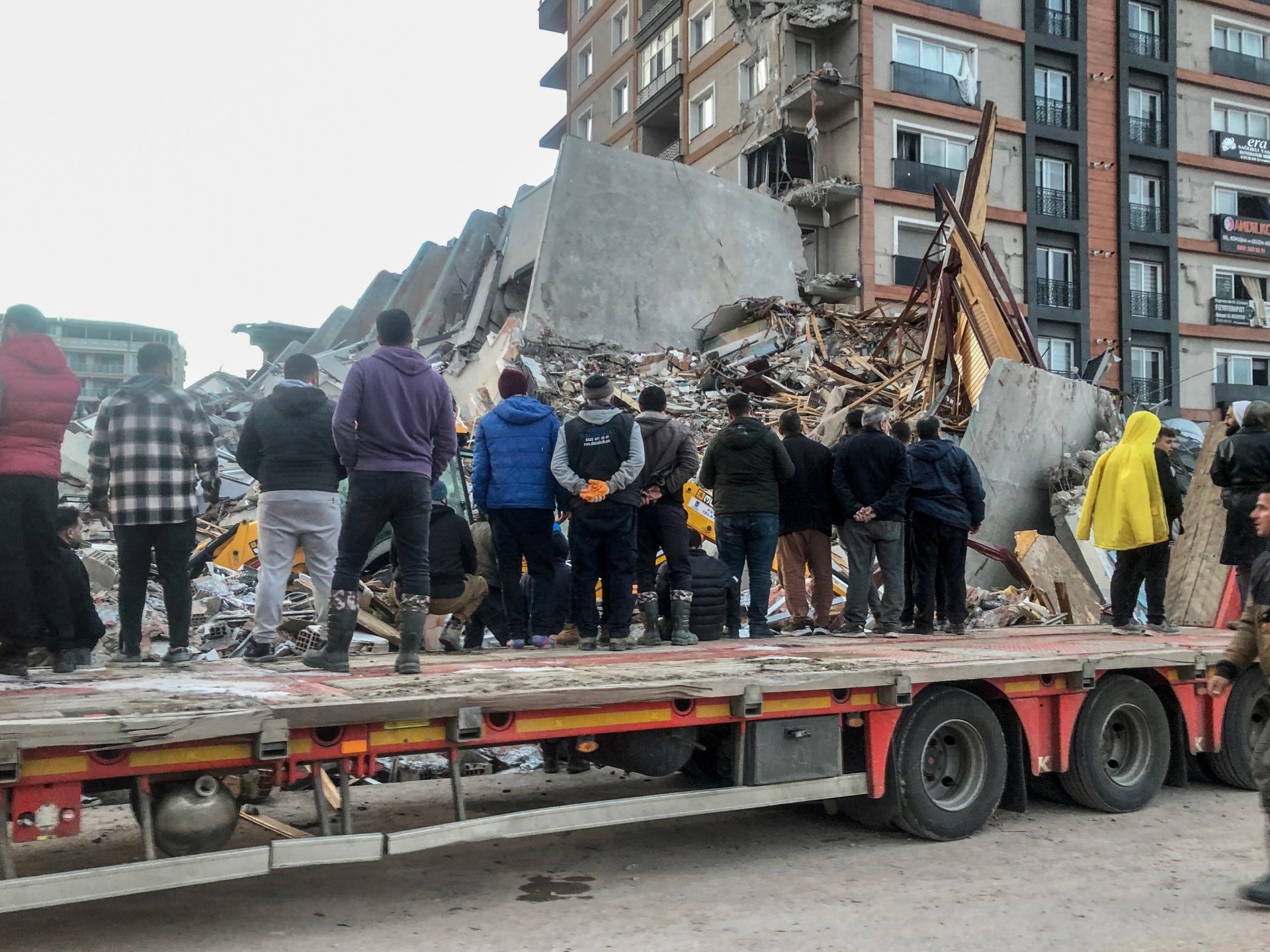Japan Quake Aftermath: Workers Repair Infrastructure Amid Devastation
Introduction
On March 11, 2011, the largest earthquake ever recorded in Japan struck the country's northeastern coast, triggering a devastating tsunami that claimed the lives of over 18,500 people and left hundreds of thousands homeless. The earthquake also caused widespread damage to infrastructure, including roads, bridges, schools, and hospitals. In the aftermath of the disaster, workers have been toiling around the clock to repair the damage and help rebuild the shattered communities.
The Challenges of Rebuilding
The task of rebuilding in the wake of such a massive earthquake is daunting. The damage is widespread, and many areas are still without electricity, water, and other essential services. The government has allocated billions of dollars for reconstruction, but it will take years to complete the process.
One of the biggest challenges is the sheer scale of the damage. The earthquake caused nearly 3,000 landslides, and over 1 million buildings were destroyed or damaged. The tsunami also destroyed or damaged roads, bridges, and other infrastructure.
Another challenge is the difficult terrain in the affected area. The region is mountainous, and many roads and bridges were washed away by the tsunami. This makes it difficult to transport equipment and materials to the areas that need them most.
The Workers' Stories
Despite the challenges, workers are making progress in rebuilding the affected areas. They are working long hours in difficult conditions, and they are often putting their own lives at risk. Many of the workers are volunteers, and they are inspired by the desire to help their communities.
One of the workers, a man named Taro, lost his home in the earthquake. He has been working as a volunteer since the disaster, helping to clear debris and rebuild roads. "I want to do my part to help rebuild my community," he said. "I'm just grateful that I'm alive."
Another worker, a woman named Hana, is an engineer. She has been working on rebuilding bridges and other infrastructure. "It's hard work," she said, "but it's also very rewarding. I'm proud to be a part of the team that's rebuilding Japan."
The Long Road Ahead
The rebuilding process in Japan will be long and challenging. However, the workers who are toiling to repair the damage are determined to rebuild their communities. They are inspired by the spirit of the Japanese people, who have always been able to overcome adversity. With their help, Japan will emerge from this disaster stronger than ever before.
Conclusion
The earthquake and tsunami that struck Japan in 2011 was a devastating event. However, the Japanese people have shown great resilience in the face of this adversity. They are working together to rebuild their communities, and they are determined to create a better future for themselves and their children.
Read also:
Thunder Embarrass Sixers With Easy Win As Joel Embiid And Others Sit
Timberwolves-Grizzlies Box Score: Battle For Mid-West Supremacy On Jan 11, 2025
20+ Of The Best Face Overlay Mods And CCs For The Sims 4
